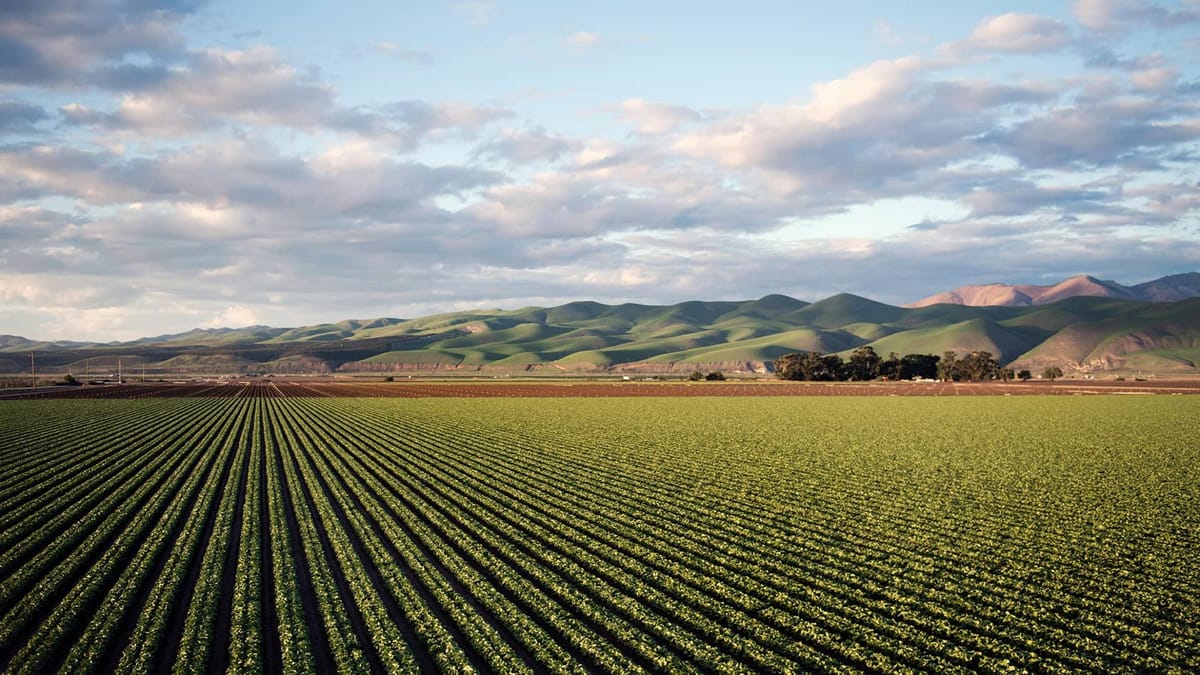Indirect emissions the key to agricultural emissions reduction
Focusing on the direct emissions from the Australian agricultural sector is not the most effective way in dealing with the industry’s greenhouse gases emissions, new research from Edith Cowan University (ECU) has found.

First published by Edith Cowan University
Lead researcher Dr Soheil Kazemian said the most effective way of dealing with the significant amount of carbon emissions from the agricultural industry, which includes forestry and fishing, would be to look at the indirect emissions.
The agriculture sector plays a major role in global emissions and contributes substantially to the overall environmental impact. Globally, agriculture covers approximately 35% of the land area on Earth and accounts for nearly 13.5% of the total anthropogenic greenhouse gas (GHG) emissions.
Global emissions from agriculture, including activities within the farm gate and related land uses as well as land-use changes, amounted to 9.3 billion tonnes carbon dioxide equivalent (CO2eq) in 2018, while methane and nitrous oxide emissions from crop cultivation and livestock activities accounted for 5.3 billion tonnes CO2eq in the same year.
This considerable contribution to CO2eq emissions can be divided into four primary components. The livestock and fisheries subsector accounts for 31% of the emissions associated with food production, while crop production is responsible for 27% of food emissions. Land use, including deforestation and land conversion, contributes to 24% of food emissions.
Finally, supply chains, encompassing various stages from production to distribution, are responsible for 18% of the emissions related to food production.
In Australia, the agriculture, forestry, and fishing sector are responsible for around 12.15% of the country's carbon footprint.
Dr Kazemian noted that studying carbon footprint of an industry allows us to have a more in-depth look at the way that greenhouse gases are emitted in the industry. When looking at the greater supply chains, the electricity, gas, water, and waste sector was indirectly responsible for some 26.1% of the emissions generated within the agriculture, forestry, and fishing industry. This was classified as indirect or embodied emissions from the agricultural sector.
The sector's itself activities had the second highest emissions embodied in Australia's Agriculture, forestry, and fishing sector in 2018 with 24.3%. Furthermore, in the agriculture sector's carbon footprint, the transport, postal, and warehousing sector, also indirectly contributed by 18.4%. Within the industry, the agriculture subsector had the highest impact at 71.3%, followed by forestry and logging at 15%, and fishing, hunting, and trapping at 7.6%. Aquaculture and supporting services contributed 6.1%.
"This latest research has focused on the indirect emissions form the agricultural sector, which is one of the largest industries in Australia. We are hoping that the research would inform on strategies to mitigate the risks of emissions and the mitigate some of the consequences of having a large carbon footprint," said Dr Kazemian.
"Recognising that utility services and transport and warehousing play a substantial role in the carbon footprint of the sector suggests the need for emission reduction strategies in these sectors. This may impact employment patterns, economic structures, and transportation systems," he added.
The research found that a range of strategies can be employed to alleviate the contribution of utility services to the carbon footprint of the agriculture sector. Examples of these strategies include transitioning from conventional fossil fuels to renewable energy sources such as solar, wind and hydroelectric power for energy generation in the utility service sector.
In addition, incorporating energy-efficient technologies and practices into utility service operations can decrease energy consumption.
Concerning the influence of the transport and warehousing sector on the carbon footprint of the agriculture industry, implementing specific strategies has the potential to reduce its carbon impact within the agricultural sphere, Dr Kazemian said.
Implementing sustainable transportation methods, improving fuel efficiency, considering investments in rail and water transport, adopting advanced tracking and monitoring systems for logistical optimisation, and introducing energy-efficient lighting, heating and cooling systems within warehouses are measures that can collectively curtail the carbon footprint of this agriculture sector.
The research appeared in Emerald Insight's Sustainability Accounting, Management and Policy Journal.




